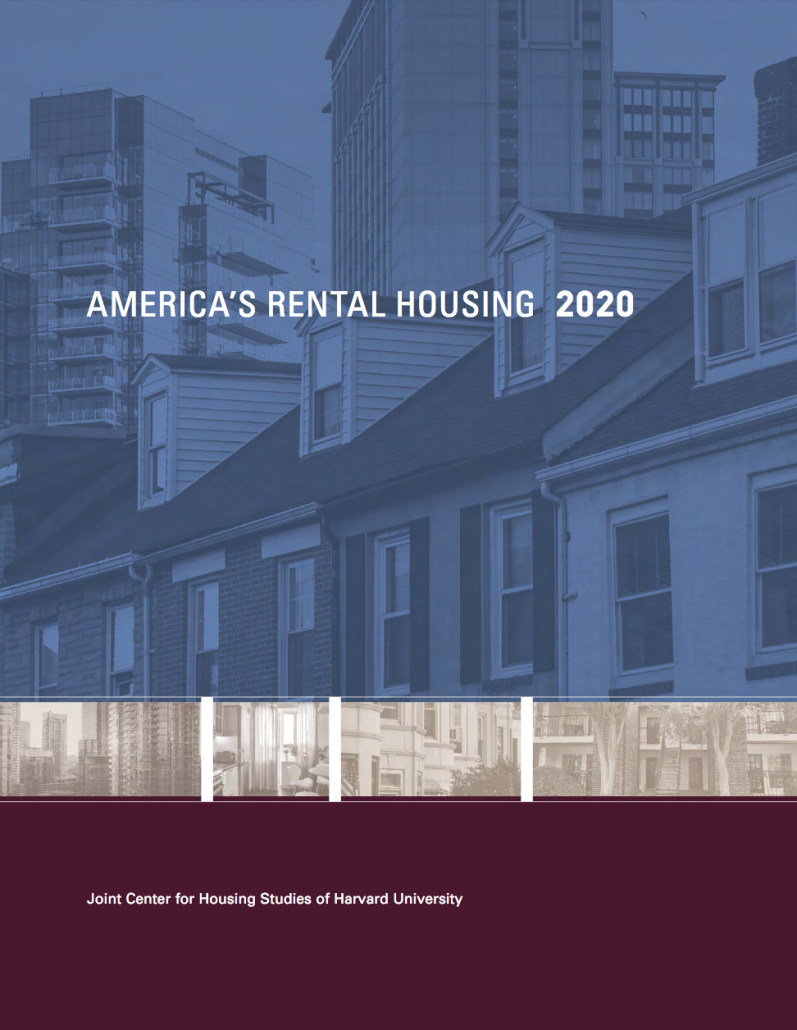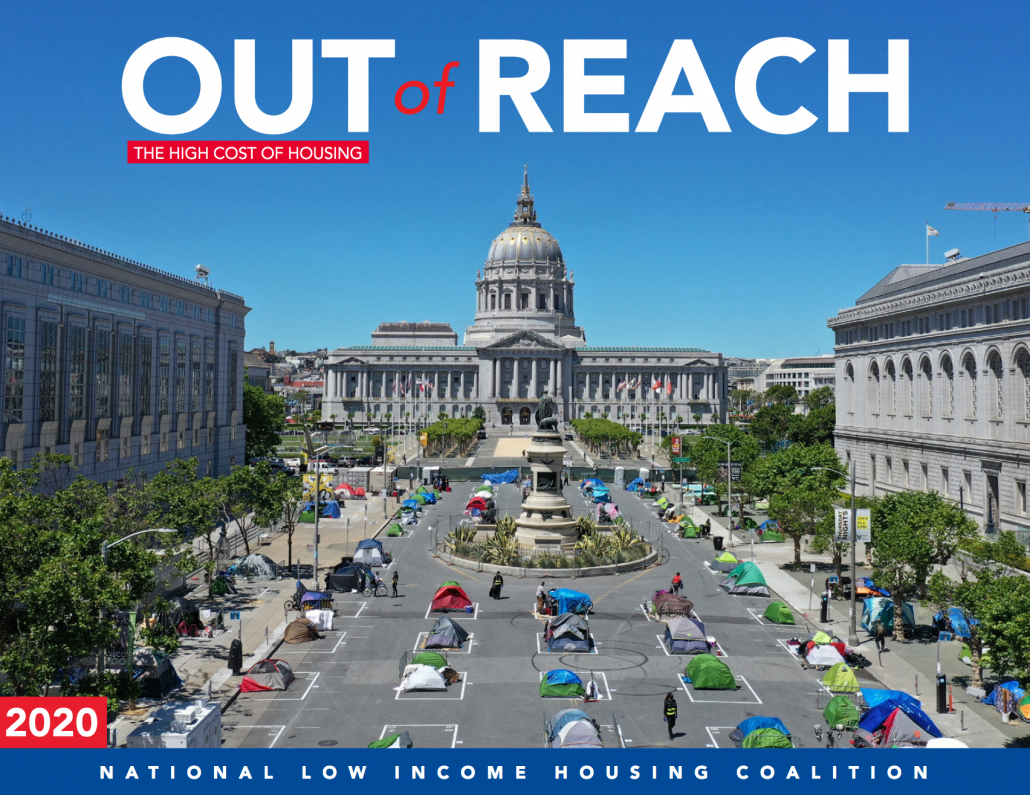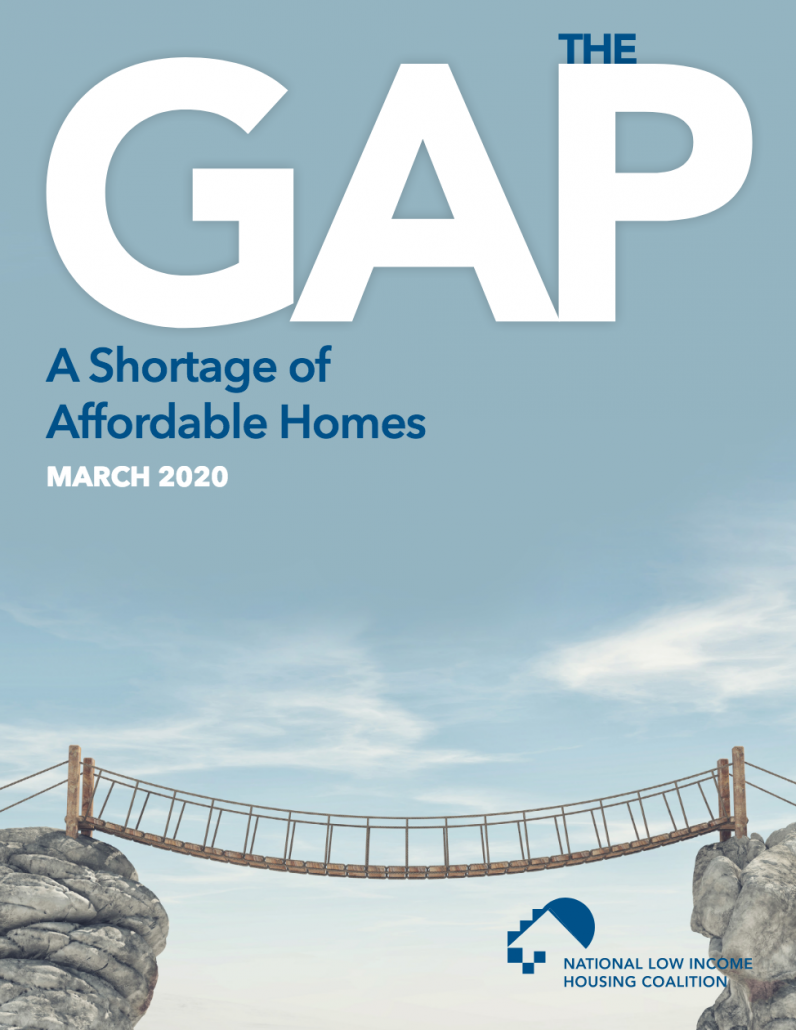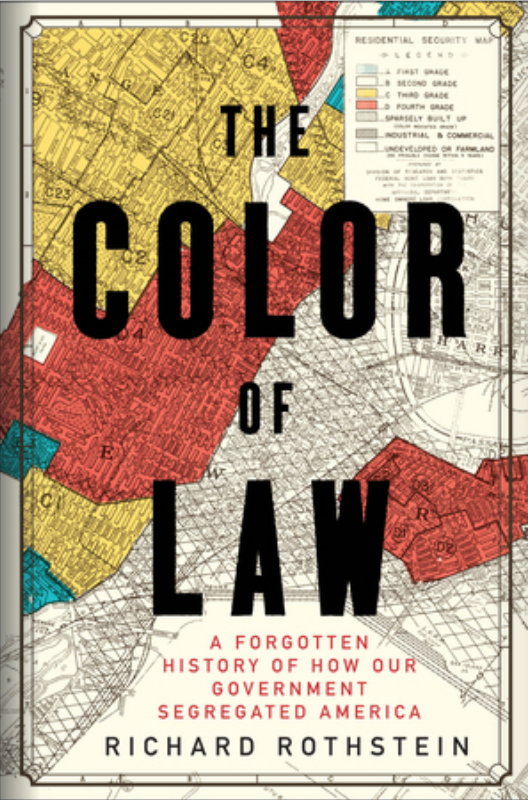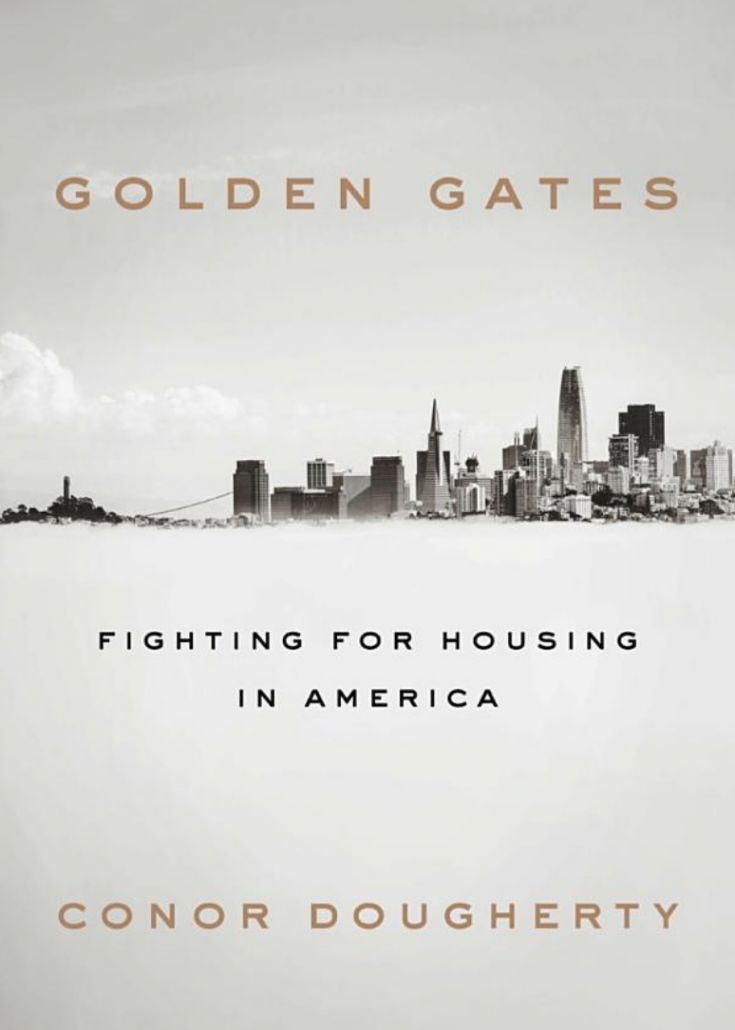Courtney LaCaria
Housing & Homelessness Research Coordinator
Mecklenburg County Community Support Services
Each year, Mecklenburg County Community Support Services (CSS) releases an annual report series on housing instability and homelessness. The report series is produced by the UNC Charlotte Urban Institute. There are two primary output models. The first type, referred to as “integrated data” reports, links and contextualizes disparate information sources to explore the problem of housing instability and/or homelessness through a unique lens. Last month, CSS released an integrated data report describing child and youth homelessness by combining data from the Homeless Management Information System, Charlotte-Mecklenburg Schools, and the Mecklenburg County Department of Social Services. An upcoming integrated data report will use combined information sources to describe single adult homelessness, which comprises the largest population sector of those experiencing homelessness.
The second major output in the series is the annual Charlotte-Mecklenburg State of Housing Instability & Homelessness Report. This report includes local, regional, and national data on the full housing continuum. It also features data from the Point-in-Time Count; housing inventory; rental gaps; and system performance metrics. It provides a single, “go-to” document for all housing and homelessness-related data and information pertaining to Charlotte-Mecklenburg. The 2020 Report will feature new data sources, and also address the impact of COVID-19. It will be released in late September.
In addition to the locally produced housing instability and homelessness outputs described above, several other housing-related reports have been released during the past year. This blog post will provide you with a “top five” reading list as of Summer 2020, including a brief overview; why you should read the report; and what each means for Charlotte-Mecklenburg.
READING LIST
The reading list below includes five new (or older, but still important) housing-related reports and books. Considered together, this list provides the reader with a more comprehensive understanding of a deep rooted, multifaceted problem.
What it is: Released on 31 January by the Joint Center for Housing Studies at Harvard University, this annual report covers the rental market, including data on renter households; renter housing stock; individual markets; affordability; and challenges. For example, the report provides 10-year trends for both high- and low-cost rental units; and renter cost-burden rates.
In addition to this report, the Joint Center for Housing Studies releases another annual report, “The State of the Nation’s Housing,” which provides additional detail on housing trends and includes data on homeownership. This year’s updated report will be released in November 2020.
Why you should read it: To get a high-level overview of the historical trends and current state of the rental housing market and how these trends may or may not track with what is occurring locally.
What is means for Charlotte-Mecklenburg: One key takeaway from the 2020 report is that, with rising demand from higher-income households ($75,000 annually and higher) and new housing stock concentrated at the upper end of the market, there are not enough low- and moderate-cost rental units for households who earn the least. In Charlotte-Mecklenburg, the largest rental unit gap is concentrated among households with the lowest income.
What it is: This annual report produced by the National Low Income Housing Coalition was released last month. The report provides national, state, and local data on the cost of housing (and context for why it is “out of reach”) for many. The 2020 version also includes a new section on the impact of COVID-19 on low-wage workers.
Why you should read it: This report is especially helpful to illustrate the (growing) gap between what housing costs and what households can afford.
What it means for Charlotte-Mecklenburg: Page 186 of the report covers the Charlotte-Mecklenburg MSA. A key takeaway from the 2020 report is that workers in our community must earn at least $20.44 per hour (or $42,520 annually) to afford a two-bedroom apartment at Fair Market Rent ($1,063). A minimum wage worker ($7.25 per hour) would need to work 2.8 full-time jobs (or 112 hours per week) to afford that same apartment.
What it is: “The Gap,” which is also produced by the National Low Income Housing Coalition, could be considered a complement to “Out of Reach;” as both reports cover different aspects of the problem. Whereas “Out of Reach” focuses on the cost of housing relative to wages and income, “The Gap” provides annualized federal, state, and local data on the number of available and affordable rental units.
Why you should read it: In addition to providing local data, this report also provides helpful context to understand and compare the current trends.
What it means for Charlotte-Mecklenburg: The current report was released in March 2020. A key takeaway for Charlotte-Mecklenburg is on page 32: there is a deficit of 40,545 affordable and available units in the Charlotte-Mecklenburg MSA for households earning at or below 30% of Area Median Income ($26,200 annually for a family of four). This means that there are only 33 affordable and available units per 100 households at this income level. Comparatively, there are 61 affordable and available units per 100 households at or below 50% AMI; and 103 affordable and available units per 100 households at or below 80% AMI.
What it is: This book, authored by Richard Rothstein and released in 2017, documents the history of housing policy and how these policies enacted at the local, state and federal level have led to the patterns of discrimination and housing inequality we see today.
Why you should read it: The content in Rothstein’s book is critical for understanding the historical context behind the housing crisis as well as the need for policy change to effectively address it.
What it means for Charlotte-Mecklenburg: Charlotte and Mecklenburg County have been shaped by redlining, urban renewal, and other “planning” and “zoning” efforts. The history of neighborhoods like Brooklyn is reflected in this book; and helps explain how Charlotte-Mecklenburg became the place it is today.
What it is: This book is authored by Conor Dougherty and was recently released earlier this year. The book describes the housing crisis using examples from San Francisco.
Why you should read it: Dougherty’s mix of technical details with real stories and characters provides a helpful way to understand (what can appear as complex) challenges to expand affordable housing. This is a good follow-up to the book, Evicted: Poverty and Profit in the American City by Matthew Desmond. Desmond’s Pulitzer Prize-winning book released in 2016 documents the housing problem through the story of eight families and the struggles they faced to pay rent.
What it means to Charlotte-Mecklenburg: While the scope is limited to San Francisco, the lessons from the book can apply to any community.
SO, WHAT
Each of the books and/or reports in the “top five” reading list for Summer 2020 sheds light on a particular aspect of the housing crisis: the high cost of housing; the inability of wages to keep pace; the shortage of inventory to address the need; a history of policies that have led to these conditions; and current, real-world examples of how and why affordable housing is stalled, stopped, and/or otherwise stymied.
Taken together, the list helps anyone currently involved and/or interested in this work to be equipped with information and data that can help develop comprehensive solutions. Tackling only a piece of a complex problem like housing instability and homelessness leads to short-term, short-sighted solutions. This does not mean that all solutions must be big; rather, it means that solutions must be both linked and consistently evaluated to ensure effectiveness.
How many new, permanent affordable housing units were made available (through development, subsidy or otherwise) in Charlotte-Mecklenburg during the prior year? How many households needed permanent, affordable housing units during the prior year? How many of these households have experienced homelessness before? What is the gap between need and supply; did it decrease or increase from the prior year? What non-housing sectors played a role in increasing household income for those who could not afford it? How and to what extent? What is the short-term and long-term (individual and community) economic impact of ensuring everyone resident in Charlotte-Mecklenburg has a home? Given COVID-19, what is the public health impact?
Beyond the data, the “top five” list also underscores the critical importance of relationships to move from information to implementation. Relationships between tenants and landlords; among and across public and private sectors; and between the real estate industry and local government, to name but a few. Debunking myths with data can provide a helpful first step. But books like Golden Gates: Fighting for Housing in America also illustrate the difficult and deliberate conversations that occur between and among the public and private sectors that can either enable or prohibit solutions needed.
Finally, each book and/or report in the “top five” list share solutions – some of which are consistent across the entire curated list. Solutions to address the gap between housing cost, and what households can afford, need not be new or innovative. The innovation lies in how the pieces and parts are assembled to build an ecosystem that supports, rather than impedes, these solutions.
SIGN UP FOR BUILDING BRIDGES BLOG
Courtney LaCaria coordinates posts on the Building Bridges Blog. Courtney is the Housing & Homelessness Research Coordinator for Mecklenburg County Community Support Services. Courtney’s job is to connect data on housing instability, homelessness and affordable housing with stakeholders in the community so that they can use it to drive policy-making, funding allocation and programmatic change.


